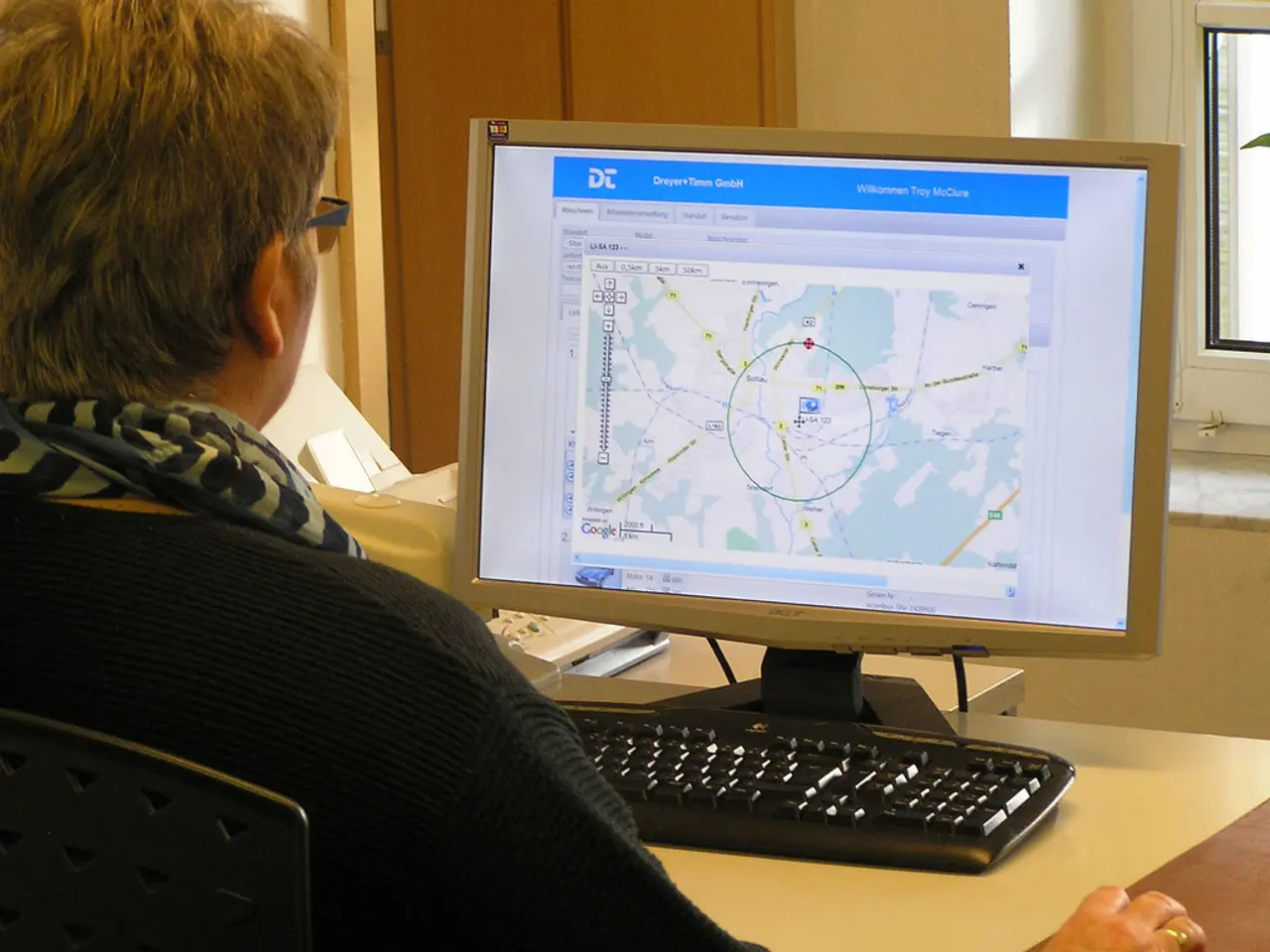China surpasses Germany in industrial robot utilization
In a significant shift in the global industrial landscape, China has overtaken Germany to become the world leader in robot density, according to the World Robotics - Industrial Robots report by the International Federation of Robotics (IFR).
The worldwide average robot density in 2023 stands at 162 units per 10,000 employees, more than double the number seven years ago. China, with a robot density of 470 units, ranks third globally, but its rapid growth in this area has propelled it to the forefront of the automation race.
China's ascent can be attributed to several key factors. The country led global industrial robot installations in 2023, accounting for 51.1% of global deployments. This massive scale of adoption has directly contributed to higher robot density in Chinese industries.
Moreover, China's strong domestic robotics ecosystem, innovative manufacturing sector, and heavy investments in AI and smart manufacturing have accelerated industrial automation. China is home to 107 service robot manufacturers and unveiled 61% of humanoid robots globally since 2022.
The Chinese government's strategic focus on automation and advanced manufacturing, coupled with policy incentives and infrastructure, has also played a crucial role in this growth. In contrast, Germany, while a leader in robotics and automation technology, has seen steadier growth, prioritizing precision, quality, and automation integration over sheer volume of installations.
Germany installed a record number of 28,355 industrial robots in 2023 but has a lower average annual installation rate than China. The European Union's robot density is 219 units per 10,000 employees, an increase of 5.2% compared to the previous year.
Asia, including China, has seen an 7.6% increase in robot density, with a regional average of 182 units per 10,000 employees in manufacturing. South Korea, Singapore, China, and Japan are among the ten most automated countries, with South Korea leading the pack with 1,012 robots per 10,000 employees.
The United States is among the ten countries with the highest robot density, with a robot density of 95 units per 10,000 employees. The IFR Statistical Department provides industry data for both the World Robotics - Industrial Robots and World Robotics - Service Robots reports, which include statistical data from around 40 countries.
The IFR, founded in 1987 as a non-profit organization, represents national robotics associations, research institutions, and robot manufacturers from more than twenty countries. The organization conducts annual surveys to gather data on the global robotics industry.
In conclusion, the global robot density has seen a significant increase in the past seven years, with China leading the charge in the automation race. The country's rapid growth can be attributed to its massive scale of industrial robot installation, domestic robotics innovation, AI integration, government backing, and a vast manufacturing sector. Germany, while a leader in robotics and automation technology, has seen steadier growth, focusing on precision, quality, and automation integration rather than sheer volume of installations.
Technology continues to shape the general-news landscape as China's lead in industrial robot density, with 470 units per 10,000 employees, propels it towards the forefront of the automation race. The rapid growth in China is fueled by factors such as a strong domestic robotics ecosystem, heavy investments in AI and smart manufacturing, and the government's strategic focus on automation.




